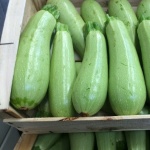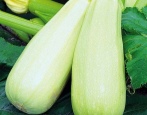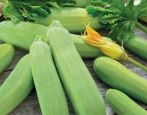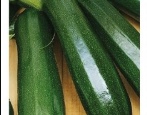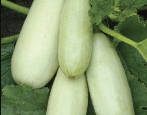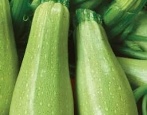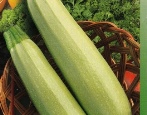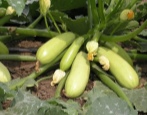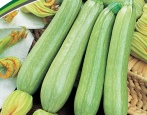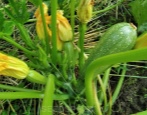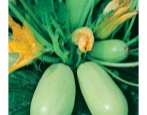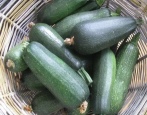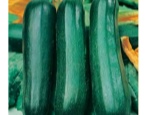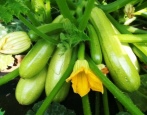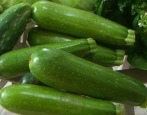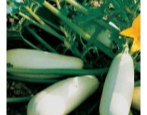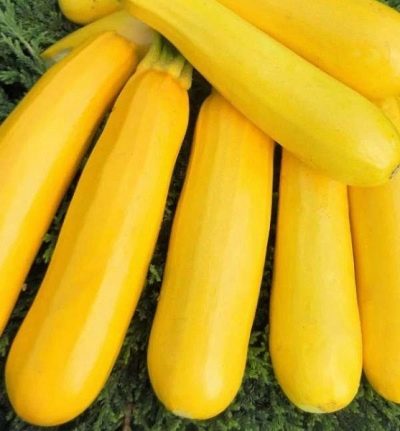
- Authors: Tekhanovich G.A.
- Year of approval: 1997
- Ripening terms: early maturing
- The period from germination to harvest: 43-62 days
- Description of the plant: compact
- Leaves: large, green, pentagonal, medium and strongly dissected
- Fruit shape: cylindrical, tapering towards the peduncle
- Fruit color: the background is yellow, with a dense orange mesh merging with the main background
- Color of the pulp: cream and light yellow
- Pulp (consistency): dense
The zucchini variety Zheltoplodny belongs to the authorship of the breeder G.A.Tehanovich. Since 1997, when it was approved for use, this variety immediately attracted the attention of many gardeners. They note such positive qualities of zucchini as early maturity, wonderful delicate taste and good yield.
Description of the variety
Zucchini is a type of zucchini. The variety is intended for open field cultivation. It is recommended for dining purposes, as well as for technological processing. It is characterized by long-term preservation of marketable qualities. The variety bears fruit successfully both in the central and Siberian and even Far Eastern regions.
Characteristics of the appearance of plants and fruits
Zucchini variety Yellow-fruited looks like a powerful bushy compact plant. The leaves are large, pentagonal, green in color, medium and strongly dissected in shape. They are located high above the soil surface.
The fruits of this culture are inherent in a cylindrical shape with some narrowing towards the stalk. The mass of one zucchini reaches 0.7-1.8 kg. The fruits are colored yellow, against the background of which there is a dense orange mesh, merging with the main color. The surface is smooth and slightly ribbed, with a thin skin. Seeds are oval in shape, cream-colored, smooth, with a skin.
Purpose and taste
This variety is characterized by light yellow and cream-colored flesh. Zucchini are famous for their good and excellent taste, very high carotene content. The amount of dry matter is only 5%, and the amount of sugars is 2.5%. The variety is ideal for all types of processing, can be used fresh. The fruits have good keeping quality without loss of presentation and taste.
Ripening terms
Zucchini Yellow-fruited - early maturing culture. The period from germination to harvest is only 43-62 days. Ripening occurs amicably and abundantly.
Yield
Yellow-fruited belongs to the high-yielding varieties of zucchini. As a rule, 20-30 fruits grow on one bush. Average yield rates are 306-781 c / ha. The maximum yield can reach 1244 kg / ha.
Growing and care
In order to successfully grow zucchini of this variety, it is necessary to take into account that they prefer fertile medium loamy soil. The landing site should be well warmed up by the sun's rays. Seeds are sown for seedlings, as a rule, in April. In open ground, seeds or ready-made seedlings are planted in late May - early June to a depth of 3-5 cm.The recommended planting scheme is 70x70 cm.
The yellow-fruited one needs abundant watering and thorough loosening of the soil. It responds well to organic fertilizing. You should also remember to remove the weeds around the squash in a timely manner.
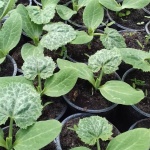
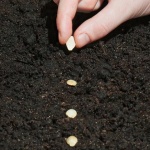
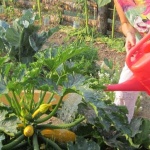
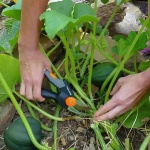
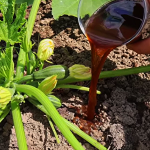
Disease and pest resistance
Yellow-fruited has good immunity to diseases such as anthracnose and fruit rot. But often this culture is affected by powdery mildew. The leaves of diseased plants look like they have been sprinkled with flour. After a few days, the white spots turn brown and the leaves die, because the sun does not penetrate them, and, therefore, the necessary substances. You should be aware that the disease can be carried by wind and water to other plants.
Most often, the factors causing the appearance of the powdery mildew viral fungus include rain or hot weather, it can also persist in the soil if diseased plants have previously grown on it. In order to prevent, zucchini can be treated with solutions of soda, ash, potassium permanganate, iodine, and whey. In the case of an illness of moderate severity, treatment with chemical preparations is recommended, for example, "Fitosporin", "Fundazol", "Topaz". Fruits after such procedures can be eaten no earlier than a week after the last spraying. Heavily affected zucchini should be pulled out and burned, and the soil on which they grew must be well dug up so that the spores of the fungus are on the surface.
